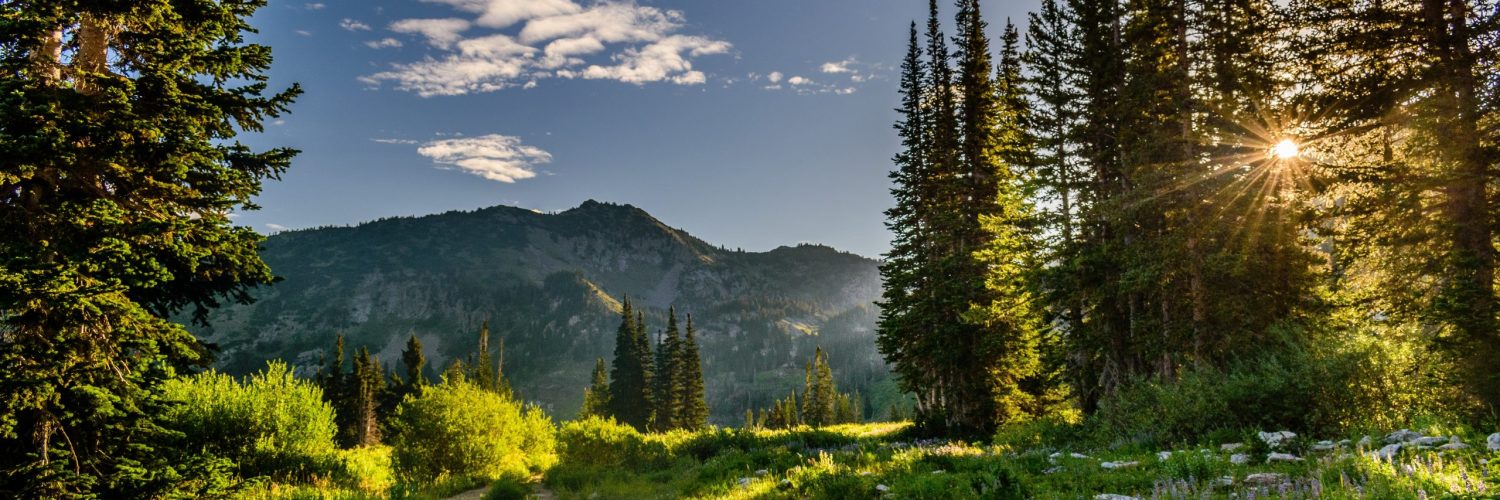As wildfires flare across the West, Arizona’s congressional leaders are calling once again on the federal government to press forward on an ambitious plan to reduce forest fires in the state.
Sen. Martha McSally (R) and Rep. Tom O’Halleran (D) led a bipartisan group of Arizona’s congressional members to send another request to the U.S. Forest Service to step up the pace on the second phase of a huge RFP. The RFP is part of a public-private partnership called the Fourth Forest Initiative, or 4FRI, whose goal is to restore 2.4 million acres in Northern Arizona.
McSally has sent similar requests for over a year.
Forest officials said the delays are due to industry and partners’ requests to amend the RFP nine times to make it more attractive to potential bidders.
Attracting investment proved challenging in the first, smaller, phase.
While the changes added delays, they “dramatically improved the request for proposals,” said Jeremy Kruger, CEO of the 4FRI project for the Forest Service.
Time is running out
There is no more time to waste, McSally and the other congressional members said in a September 25 letter to the U.S. Secretary of Agriculture Sonny Perdue.
“In Arizona this year, there have been more than 1,600 wildfires and more than 700,000 acres burned, which is more land burned than in 2018 and 2019 combined,” they said. “Entire communities, industries, and businesses across the state are waiting on the 4FRI project to move forward.”
Eight other members are signees: Senator Kyrsten Sinema (D) and Reps. Ann Kirkpatrick (D), Paul Gosar (R), Andy Biggs (R), David Schweikert (R), Ruben Gallego (D), Debbie Lesko (R), and Greg Stanton (D).
“Originally, Phase 2 was going to be awarded in December 2019. We have learned that the earliest we may see an award is December 2020, but that this could slip into 2021,” they said.
Long term contracts now available for companies
The RFP is one of the largest – if not the largest – stewardship contract ever for the agency. It’s also the first 20-year contract it has ever offered.
It calls for awarding contracts to companies to mechanically thin 605,000 to 818,000 acres of forests in Northern Arizona.
The Forest Service plans to spend $550 million over the next 20 years to work in four national forests: Apache-Sitgreaves, Coconino, Kaibab and Tonto. Business and industry are needed to harvest, process, and sell wood products.
The RFP will be available to both small and large reforestation businesses and seeks proposals that are “sustainable, innovative, feasible, and cost-effective to increase the pace and the scale of forest restoration.”
Biomass energy companies wanted
Biomass companies are included in the proposal. These are facilities that can burn woody forest debris – called biomass – and transform it into energy for the electric grid. Biomass energy produces significantly less emissions than traditional burning of debris or fossil fuels.
As home to the largest contiguous tract of ponderosa pine forest in the world, Arizona is a prime location. But currently, there is only one biomass facility in the state, NovoBio in Snowflake. It’s not nearly enough.
New bill adds incentives for business
To help encourage more interest from industry, McSally introduced a bill last month that would free up some of the regulatory barriers and reduce some costs.
Called the Forest Health and Biomass Energy Act of 2020, it would advance forest restoration by incentivizing biomass energy development in fire-risk regions.
“One of the biggest challenges we’ve had in forest restoration in Arizona is the crushing expense of removing low-value biomass like branches, slash, and undergrowth from the forest,” McSally said during a hearing on the bill before the Senate Natural Resources Committee last month.
The bill includes measures that would:
- Advance forest restoration and fire resilience by incentivizing biomass energy development as a method to reduce hazardous fuel build-up in fire-prone forests
- Direct the federal government to assess the biomass energy fuel potential in U.S. forests with a focus on identifying the most viable sources for energy use such as ladder fuels and by-products of forest restoration including branches, slash and other low-value biomass
- Establish a fund using a percentage of timber sale revenues to assist timber operators and biomass energy producers with the collection, harvesting and transportation of biomass material out of high hazard areas
Reforestation will brings jobs, tax revenue
Since 2010, the Forest Service and the other 4FRI stakeholders have spent more than $220 million in reforestation in the region. Over the past decade 4FRI has treated over 140,000 acres with mechanical treatments designed to restore forest health and reduce the likelihood of severe fires damaging key watersheds.
During the first phase,13,000 acres were thinned out, generating more than $150 million in economic development benefits including $50 million in labor income, Kruger said.
The second phase is expected to create hundreds of new jobs and tax revenue for rural communities in the region, partners in the project said.
Public-private partnership to restore forests and watershed
The 4FRI project is unique in that it is the first collaborative effort of its kind. The Forest Service, U.S. Bureau of Reclamation, Arizona Commerce Authority, Arizona Department of Forestry, Salt River Project, and private organizations are working as a team to protect Arizona citizens, structures, natural areas, streams and lakes from high intensity wildfires.















Add comment